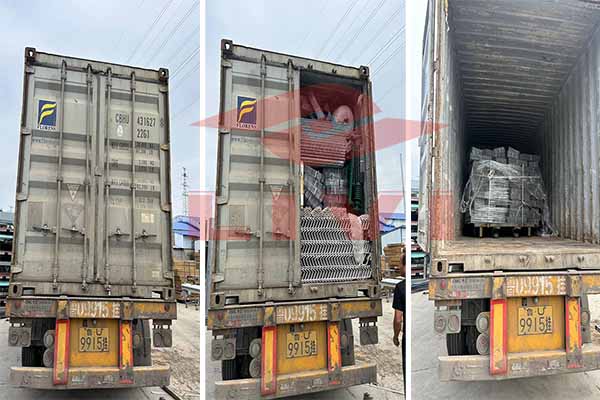Poultry House Automation: A Game Changer for Tanzania’s Farming Industry
Introduction to Poultry Farm Automation in Tanzania
The poultry industry in Tanzania is experiencing significant growth, with a rise in demand for high-quality, automated poultry houses. Automation not only improves efficiency but also ensures better animal welfare and higher yield. In this article, we will explore the benefits of automating poultry houses in Tanzania and how it can transform the industry.
Benefits of Automated Poultry Houses
1. Enhanced Biosecurity: Automated poultry houses can reduce the risk of disease outbreaks by limiting human contact and ensuring better sanitation practices.
2. Improved Environmental Control: Automation allows for precise control of temperature, humidity, and air quality, creating optimal conditions for poultry growth.
3. Increased Efficiency: Automated systems can manage feeding, watering, and waste management, freeing up labor and reducing manual errors.
4. Enhanced Animal Welfare: Automated systems ensure better feeding and monitoring, leading to healthier birds and higher productivity.
Statistics on Poultry Farming in Tanzania
– Tanzania’s poultry industry is expected to grow at a CAGR of 5.5% from 2021 to 2026.
– The country has over 150 million birds, including chickens, ducks, and turkeys.
– The demand for poultry products is rising, with an increasing urban population and income levels.
Key Features of an Automated Poultry House
– Automated Feeding Systems: Systems that automatically dispense feed, ensuring accurate feeding schedules.
– Watering Systems: Automated systems that maintain consistent water quality and supply.
– Environmental Control Systems: Sensors and controls for temperature, humidity, and air quality.
– Monitoring and Data Collection: Real-time monitoring of bird health and environmental conditions.
Case Study: A Successful Automated Poultry House in Tanzania
XYZ Poultry Farm, located in Tanzania, has successfully implemented an automated poultry house. Since the implementation of automation, they have experienced:
– A 20% increase in productivity.
– A 30% reduction in labor costs.
– A 25% decrease in disease outbreaks.
How to Get Started with Poultry House Automation in Tanzania
1. Consult with Experts: Work with experienced professionals to design and implement an automated poultry house.
2. Invest in Quality Equipment: Ensure that you invest in reliable and efficient equipment.
3. Training and Maintenance: Provide training for staff to operate and maintain the automated systems.
Contact Us for Free Consultation and Quotation
As a leading provider of poultry automation solutions, LIVI Mechanical is committed to helping you achieve success in your poultry farming business. Get in touch with us today to discuss your needs and receive a free, no-obligation consultation and equipment quotation.





